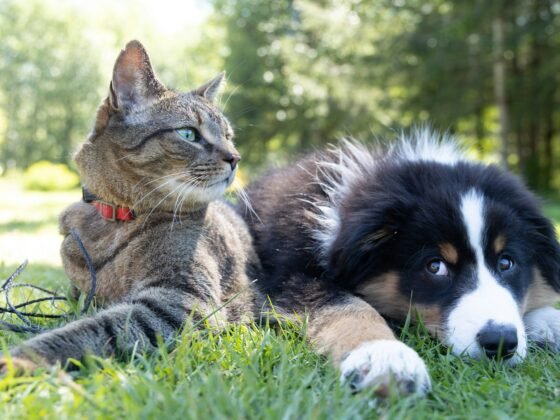Formerly known as Kyō no Miyako, Kyō or Miyako, the Japanese city of Kyoto is famous as the thousand year capital. In the eleventh century, it was renamed Kyoto or the “capital city” and held the seat of the Japanese emperor until 1868 when it was moved to Edo, later renamed Tokyo.
The city has suffered the wrath of elements, earthquakes, fires to wars during its eleven centuries as the centre of imperial Japan. It remains the centre of Japanese culture having been saved from total destruction in World War II after Henry L. Stimson, the Secretary of War, personally intervened to preserve the culturally rich city by erasing it from the list of bombing targets in the Japanese hinterland having visited a number of times previously.
The cultural affairs agency of government of Japan will be relocated to Kyoto by 2021 due to its rich culture, fascinating scenery, thousands of shrines and temples, ancient and traditional architecture, palaces, gardens and much more.
Kyoto is a perfect stop and a must visit for every visitor in Japan. Here are seven must see places you definitely must include in your must-see list.
i. Golden Pavilion of Kinkakuji
One of the most identifiable places in all Japan, Kinkakuji as referred to locally is a major stop for anyone visiting Kyoto. The Golden Pavilion is one of the many Zen Buddhist temples with a difference having been in the hands of a private owner. It was made into a temple by the fourteenth century and currently has three distinct stories depicting the three main architectural tastes uniquely Japanese of Samurai, Zen and Shinden. Its golden title comes from its iconic yellow-gold colours, including an ornamental bronze Phoenix sitting at the top of the roof. Around the golden pavilion are perfectly trimmed gardens designed in a genius show of harmony between heaven and the natural world.
ii. Behold the intricateness of Kiyomizu-dera
Probably no intricate Buddhist temple that goes back as late as the eighth century is significant as Kiyomizu-dera. While the current buildings were heavily reconstructed in the 16th century, not even a single nail was used. Rather, the Japanese workers made use of complex advanced woodworking strategies and acute architectural expertise. A waterfall in the heart of the temple complex gives the place its name. Famous old rituals involved jumping off 10 metres from a stage, which would give the jumper a wish for better tidings. However, since some lives were lost in the process the old practice was done away with.
iii. Enjoy the amazing views along the Philospher’s Walk
The Kyoto school of philosophy is famous world over courtesy of the founder, Nishida Kitaro whose everyday meditative ritual of walking along the two-mile trail made it famous. The pedestrian trail is spread by a canal with cherry blossoms on every side giving the walkway a mystic tang and picturesque marvel. Walk along and see important Kyoto shrines and temples as you meditate like the philosopher named after the trail. The cherry trees are picture perfect and you can expect superb camera shots with lots of Kyoto attractions minutes away.
iv. Pass by the legendary ancient archery stop of Sanjusangendo Temple
There’s something special about Sanjūsangen-dō, a fantastic Buddhist eye-catcher in the heart of Kyoto. The temple goes back to the 12th century and hosted archery duels and competitions memorized in the legends of Japan. As you arrive, you’ll notice 28 figures representing the guardian deities with Hinduism intonation about them. Lots of studies have been ignited by the pan-Asiatic and religious variability eminent in the temple with thousands of statues spread around, some over three metres high.
v. Participate widely in the Gion District
It’s not everywhere in Kyoto where you’ll get a unique chance to participate in ancient rituals and indulge in traditional enjoyments like in the Gion District. A historic district with Middle Ages intonations evident all over, it’s situated at the heart of Kyoto. Gion District includes lots of places to indulge in ancient teahouse rituals while enjoying the leisure of the geishas. Make a reservation early enough to relish wholly traditional tea enjoyments and authentic Kyoto gourmet. It’s also the place to make arrangements for private maiko or geiko entertainment. Accommodation is plenty in Gion District for those who want to stay in a more central part of Kyoto. If you are wondering where to stay in Kyoto – this is a good, central area.
vi. Spend a few hours in the Fushimi Inari Shrine
With thousands of shrines in Japan, Fushimi Inari is arguably the best of its kind in Kyoto. It’s basically the head shrine or Taisha of 32,000 shrines spread around Japan. The shrine is 230 metres or 750ft high, perched atop a hill with hundreds of tori or red gates brightly broadcasting their presence. Take a few hours around the shrine atop the hill and enjoy the breath-taking Kyoto city views down below and make your way along the radiant gates in the afternoon for a superb experience. Kyoto residents consider Fushimi Inari a significant religious and personal stop with millions milling around during the Japanese New Year to pay homage. Don’t leave the shrine without tasting a special local cookie, tsujiura senbei, considered an early antecedent of the fortune cookie.
vii. Feel the incredible serenity of the Bamboo Forest of Arashiyama
The Kyoto Bamboo Forest is the kind of place to stop by in the morning light for one of the most gratifying stillness and magical natural beauty. It’s a deserving special Kyoto must-see promising some of the most amazing photos. A highly popular spot from morning to evening, early risers are assured heart-stopping, uninterrupted magical tranquillity and picture-perfect takes.











